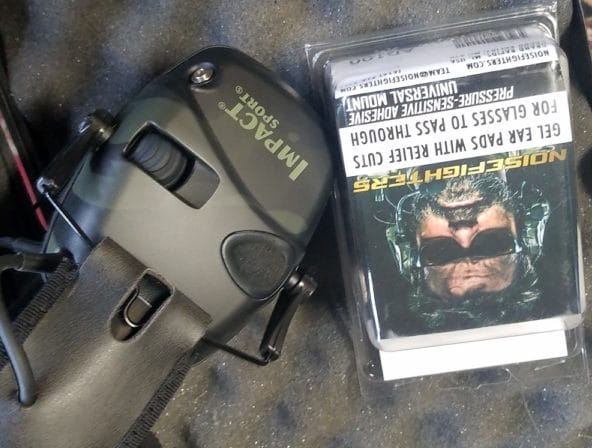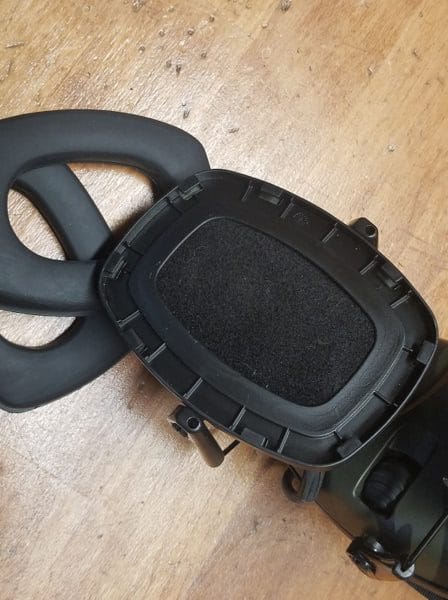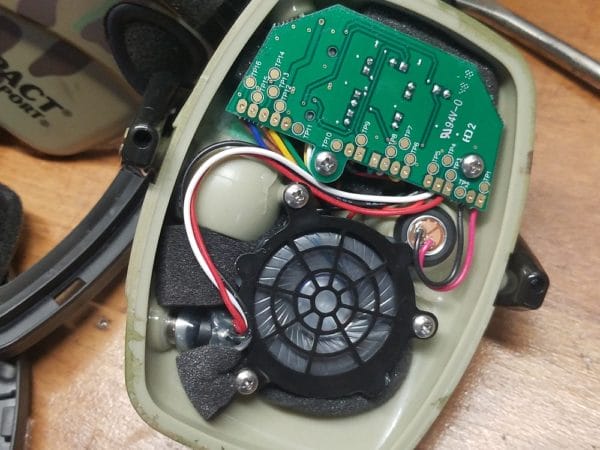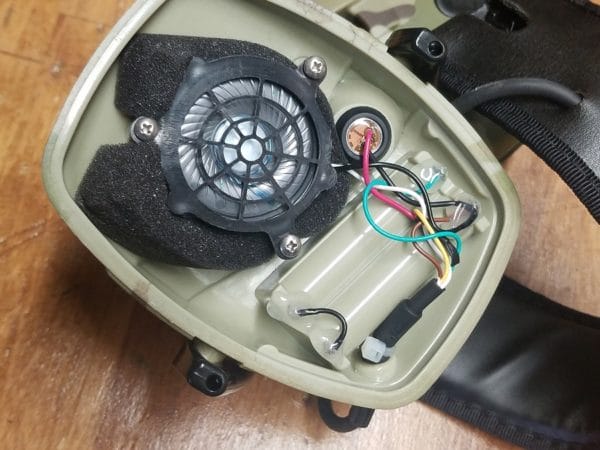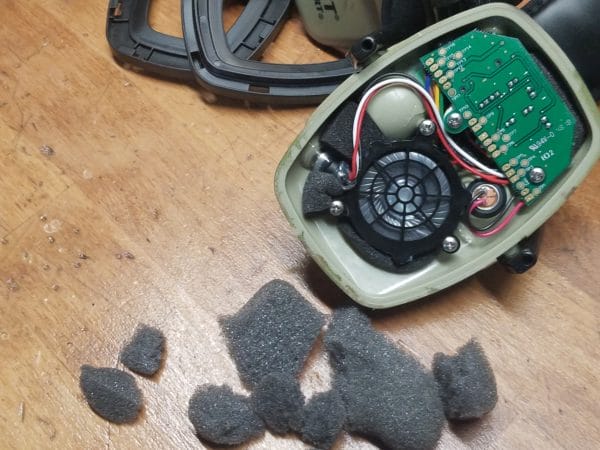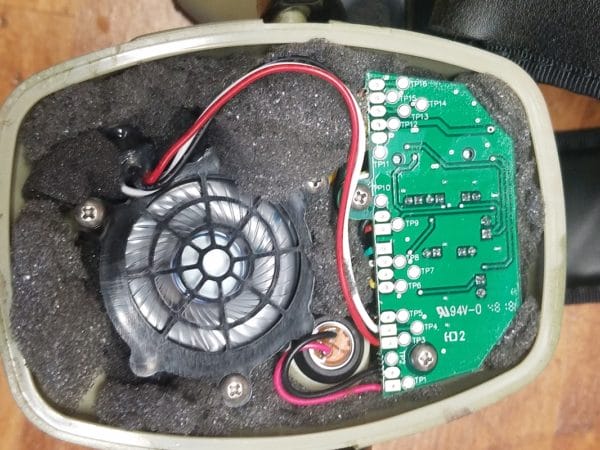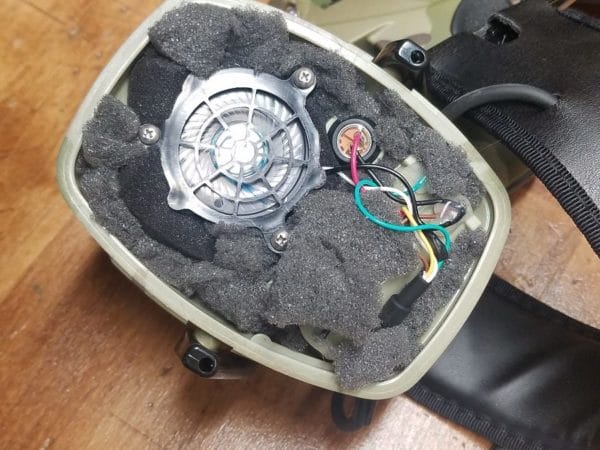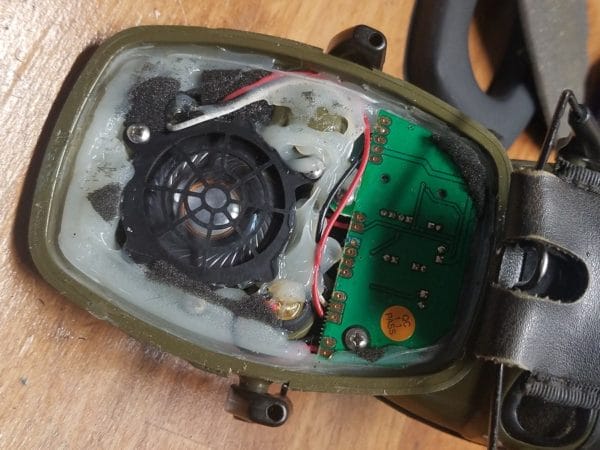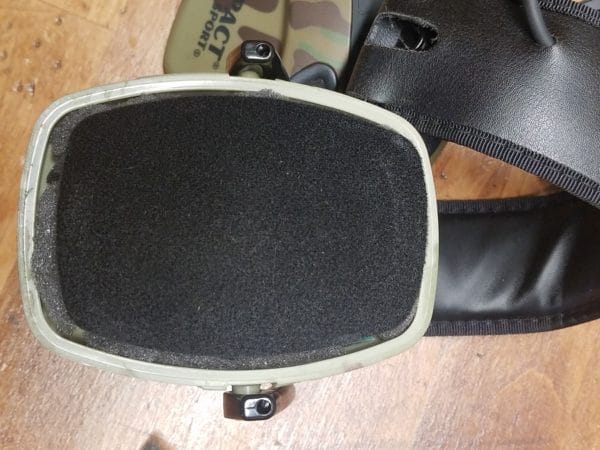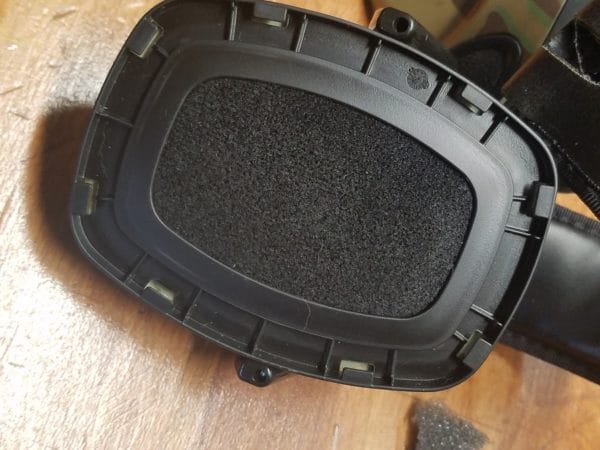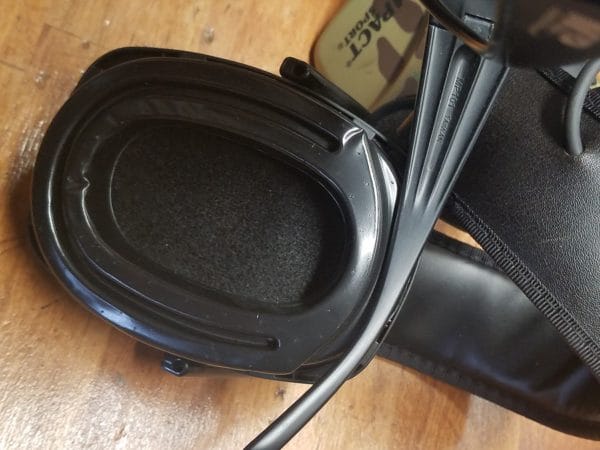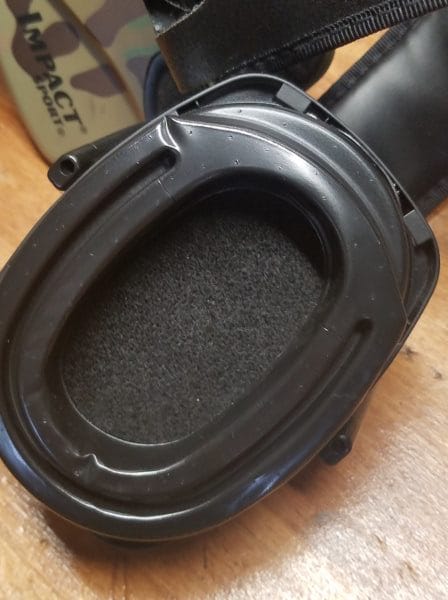Philadelphia, PA – -(AmmoLand.com)- Many people try to claim that the Founding Fathers couldn’t have conceived of repeating rifles when they drafted the Second Amendment to the Bill of Rights. However, the story of Joseph Belton and his correspondence with the Continental Congress proves otherwise.
If you’d prefer to watch and learn, the video I made below details the entire event. If you’d prefer to read about it, the story unfolds below.
Belton, an inventor and gunsmith from Philadelphia, claimed to have devised a new form of flintlock musket that was capable of firing as many as sixteen consecutive shots in as little as twenty seconds. After the gun had fired its consecutive loads, it could then be reloaded individually like all other traditional firearms of that era. He first wrote to Congress about his new invention on April 11, 1777, letting them know he was available to demonstrate his invention to them at any time.
Intrigued by Belton’s claim, Congress ordered 100 examples of his “new improved gun.” They authorized him to oversee the construction of new guns, or alteration of existing guns, so that they were capable of discharging eight rounds with one loading and that he “receive a reasonable compensation for his trouble, and be allowed all just and necessary expences [sic].”
On May 7, Belton replied to Congress with his terms regarding what he felt to be “reasonable compensation.” In order to determine his fee, Belton wanted to arm 100 soldiers with his invention and demonstrate the capabilities of such armed men to a panel of four military officers – two of Congress’ choosing and two of Belton’s choosing. The officers would then determine how many men they felt Belton’s 100 men were equivalent to when carrying a standard firearm. (For example, 100 specially-armed men were equivalent to 200 regularly-armed men, or more.)
For his ability to double the manpower, Belton felt that he was entitled to £1,000 for every 100 men he armed from a given state. Belton justified his price by claiming that a state could not raise, equip, and clothe 100 men for £1,000, making his 100 men armed as though they were 200 men a bargain. (For reference, £1,000 in 1777 is the equivalent of £150,000 today. If all 13 states outfitted 100 men, Belton would receive £13,000 – or £1,900,000 today.)

Belton argued that arming 3,000 men or more with his invention created enumerable advantages beyond description on the battlefield, making his compensation “vastly reasonable.” As such, his terms were nonnegotiable. If Congress refused or attempted to haggle in any way, he would withdraw his offer completely. (For those doing the math, 3,000 men armed with Belton’s repeater would mean that he’d collect more than £4,500,000 in today’s currency.)
Belton must have realized immediately that his demands were more than outlandish because the next day, on May 8, he wrote a letter to John Hancock lowering his fee to £500 for doubling, £1,500 for tripling, £2,000 for quadrupling, and so forth.
On May 15, Congress read Belton’s letter to the body. They quickly dismissed it because of his “extraordinary allowance.” (No one saw that coming, right?) Congress considered the matter dropped and didn’t reply to Belton, likely assuming he would take their lack of reply as a refusal.
They assumed wrong.
Having heard nothing from Congress for more than a month, Belton wrote them again on Saturday, June 14. This time, he claimed he could accurately hit targets with his rifle out to 100 yards, and possibly even out to 200 yards. He offered to demonstrate this feat to Congress on the following Monday at 10:00am in the State House Yard.
The same day that Belton wrote this letter, Congress was involved with something that would prove to be far more important. On June 14, 1777, the Continental Congress approved the design for a national flag.
With Congress engaged in more pressing matters, Belton’s letter went unanswered for almost a month when he decided to write again.
His letter from July 10 was not nearly as polite as his previous ones. This time, he tried to rile members of the body by claiming that Great Britain regularly pays £500 for lesser services. If, he mused, the “little Island” could afford such payments, surely this “extensive continent” could do the same.

He also enclosed a letter signed by General Horatio Gates, Major General Benedict Arnold (before he became a turncoat), well-known scientist David Rittenhouse, and others, all claiming that his invention would be of “great Service, in the Defense of lives, Redoubts, Ships &c, & even in the Field,” and that they felt Belton was entitled to “a hansome [sic] reward from the Publick [sic].”
Having received the letter immediately, Congress resolved that same day to refer Belton’s petition to the Board of War, made up of five delegates. Among these five delegates were future 2nd President of the United States, John Adams; and Benjamin Harrison V, father and great-grandfather of the 9th and 23rd Presidents of the United States, respectively.
Nine days later on July 19, Congress got word from the Board of War. Much to Belton’s dismay, they dismissed his petition altogether. At this point, he must have finally gotten the hint that Congress wasn’t going to authorize such exorbitant payment for his services. The historic record turns up no more correspondence between Belton and Congress.
Despite the fact that Joseph Belton failed to convince the Continental Congress to outfit colonial soldiers with his repeating rifle, it’s still a very important story. Belton invented his gun in 1777. The Bill of Rights wasn’t ratified until 1791. That means our Founding Fathers not only knew about repeating rifles 14 years before the creation of the Second Amendment, but that they thought highly enough of the idea to pursue further development and implementation of such technology. The fact that it proved to be cost-prohibitive is moot, as it certainly could have been done if Congress and Belton had agreed upon the definition of “reasonable compensation.”
So, the next time someone tells you the Second Amendment was never designed to protect the right to own a repeating rifle, or that it was only meant to apply to flintlock firearms, sit them down and tell them the story of Joseph Belton and his repeating flintlock musket.
About Logan Metesh
Logan Metesh is a historian with a focus on firearms history and development. He runs High Caliber History LLC and has more than a decade of experience working for the Smithsonian Institution, the National Park Service, and the NRA Museums. His ability to present history and research in an engaging manner has made him a sought after consultant, writer, and museum professional. The ease with which he can recall obscure historical facts and figures makes him very good at Jeopardy!, but exceptionally bad at geometry.
The post Fact Check: The Founding Fathers *DID* Know About Repeating Rifles appeared first on AmmoLand.com.
via AmmoLand.com
Fact Check: The Founding Fathers *DID* Know About Repeating Rifles

